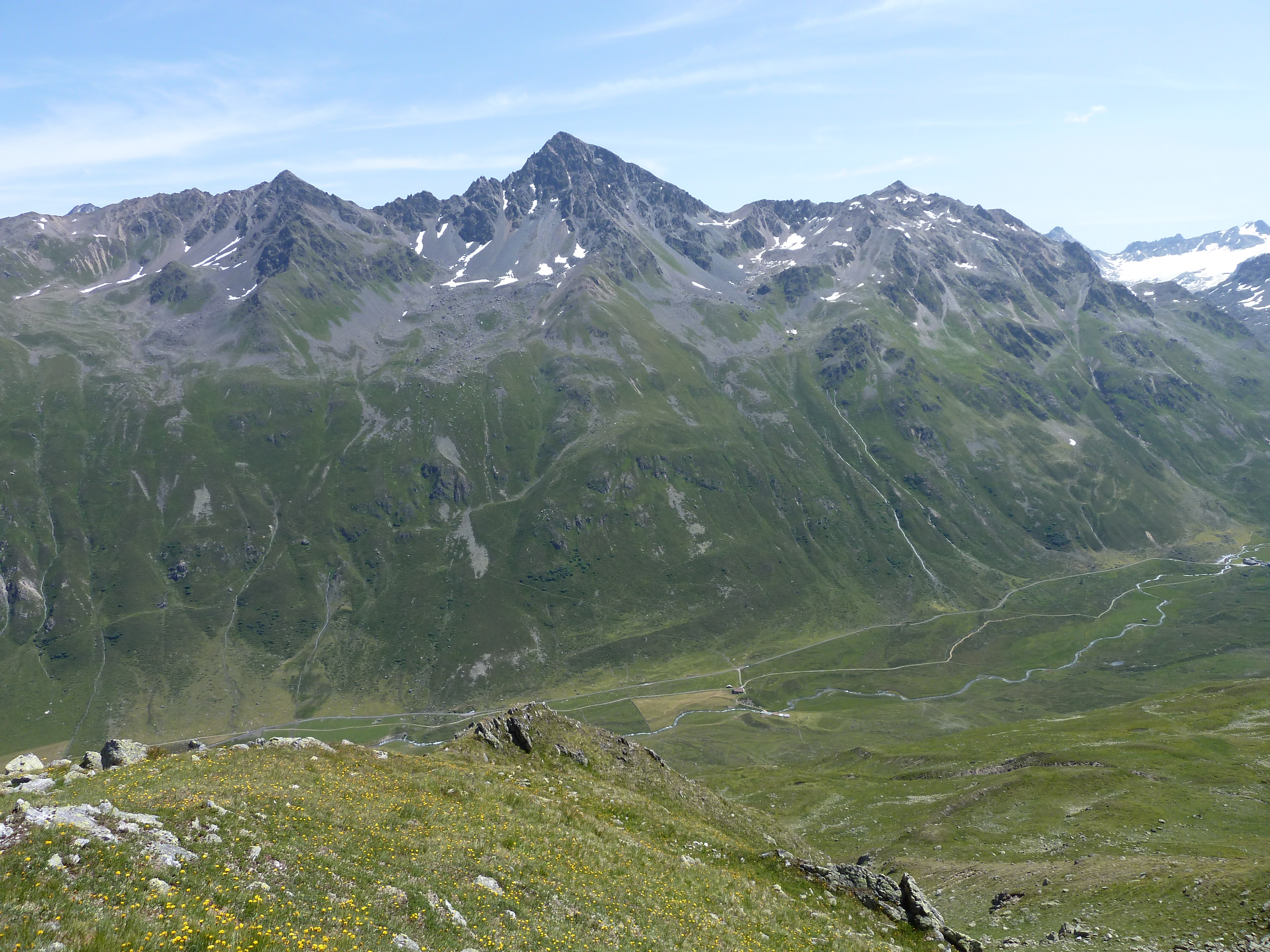Introduction
There is a certain desire, e.g., 123 and more, to embed non-vector graphics in the source document for a LaTeX document.
I haven’t yet tried 4 but it should do the for most use-cases, but it requires an external command to do its magic.
My idead was to use TikZ to draw a bitmap with single aquares. It’s not the most efficient, but for spares images it could be good enough.
Working Example
There’s not a lot to go through, the solution was proposed basically proposed here5.
Overall LaTeX File
The minimal working examples (MWE) for a TikZ image follows. The external
file mwe2h.tex defines the \pixels.
\documentclass{article}
\usepackage{tikz}
\usepackage{tikzscale}
\input{mwe2h}
\begin{document}
Now whenever we want to create a TikZ diagram we need to use the tikzpicture environment.
\begin{figure}
\centering
\resizebox{7cm}{!}{%
\begin{tikzpicture}
\foreach \line [count=\y] in \pixels {
\foreach \pix [count=\x] in \line {
%\draw[fill=pixel \pix] (\x,-\y) rectangle +(1,1);
\filldraw[fill=c\pix, draw=c\pix] (\x,-\y) rectangle +(1,1);
}
}
\end{tikzpicture}
}
\end{figure}
\end{document}Transforming the Picture
The .png image is converted to a PPM
image using run-of-the-mill convert from ImageMagick. The following Python
script then turns that into a LaTeX array.
"""This is a crude hack to convert ppm files to tikz"""
import hashlib
from collections import defaultdict
def parse_ppm_file(file_path):
with open(file_path, 'rb') as ppm_file:
header = ppm_file.readline()
width, height = map(int, ppm_file.readline().split())
max_val = int(ppm_file.readline())
data = ppm_file.read()
pixel_values = []
colours = defaultdict(int)
for i in range(0, len(data), 3):
r = data[i]
g = data[i + 1]
b = data[i + 2]
colours[(r,g,b)] += 1
pixel_values.append((r, g, b))
return pixel_values, width, height, colours
def generate_tikz_file(file_path, pixels, width, height, colourmap):
with open(file_path + ".tex", 'w') as tikz_file:
tikz_file.write("\\begin{tikzpicture}\n")
maxkey = max(colourmap, key=colourmap.get)
maxval = colourmap[maxkey]
tikz_file.write("% max value: {} {}\n".format(maxkey, maxval))
for colours, numbers in colourmap.items():
if numbers:
htmlcolour = "{:02x}{:02x}{:02x}".format(colours[0], colours[1], colours[2])
key = htmlcolour
tikz_file.write("\\definecolor{{c{}}}{{HTML}}{{{}}} % {}\n".format(key, htmlcolour, numbers))
tikz_file.write("\\def\\pixels{\n")
for y in range(height):
xlist = []
for x in range(width):
# if pixels[y * width + x] == maxkey:
# continue
r, g, b = pixels[y * width + x]
htmlcolour = "{:02x}{:02x}{:02x}".format(r, g, b)
key = htmlcolour
# tikz_file.write("\\filldraw[fill=c{}, draw=c{}] ({},-{}) rectangle +(1,1);\n".format(key, key, x, y))
xlist.append(htmlcolour)
tikz_file.write("{{{}}},\n".format(",".join(xlist)))
tikz_file.write("}\n")
tikz_file.write("\\end{tikzpicture}\n")
if __name__ == "__main__":
import sys
if len(sys.argv) != 2:
print("Usage: python parse_ppm.py <filename>")
sys.exit(1)
file_path = sys.argv[1]
pixels, width, height, colourmap = parse_ppm_file(file_path)
tikz_file_path = ".".join(file_path.split('.')[:-1]) # Remove the file extension
generate_tikz_file(tikz_file_path, pixels, width, height, colourmap)Alternatives
PxPic
https://ctan.org/pkg/pxpic
Lines
It will reduce the size of the result if just was used6. That doesn’t look particularly good though.
Post-Script
Reading through the references mentioned hereafter, it seems as if EPS files acould be embedded. Another item on the backlog.
Summary
This works, but barely and doesn’t solve the problem to a adequate degree.
Other solutions are needed.
https://tex.stackexchange.com/questions/21541/embedding-images-with-an-encoding-algorithm↩︎
https://tex.stackexchange.com/questions/208819/embedding-images-in-tex-file-as-base64-strings↩︎
https://github.com/zerotoc/pdfinlimg↩︎
https://github.com/zerotoc/pdfinlimg↩︎
https://tex.stackexchange.com/a/157134 in https://tex.stackexchange.com/questions/157080/can-tikz-create-pixel-art-images↩︎
https://web.archive.org/web/20211022212446/http://alexisfles.ch/en/latex/pixelart.html↩︎
